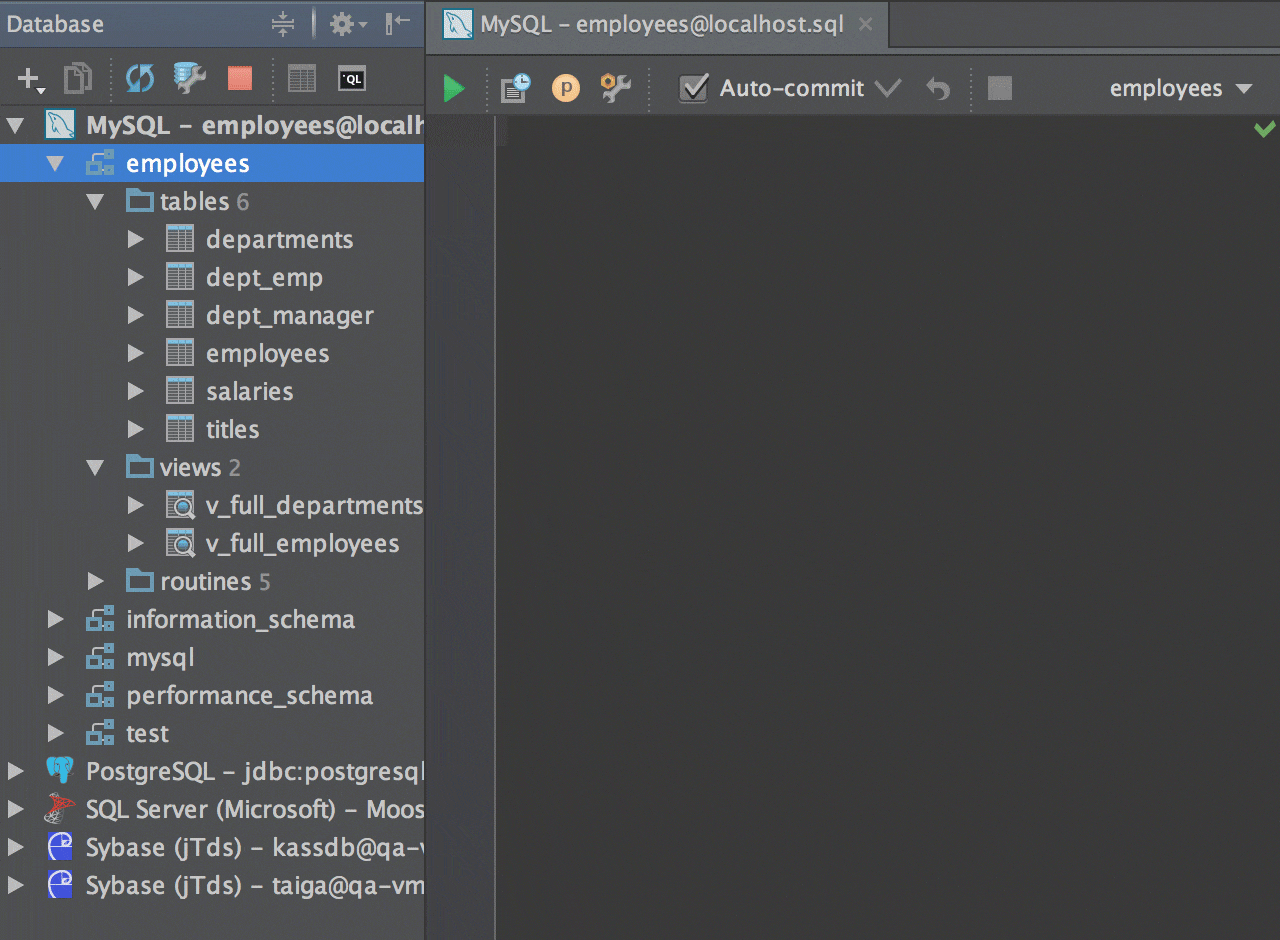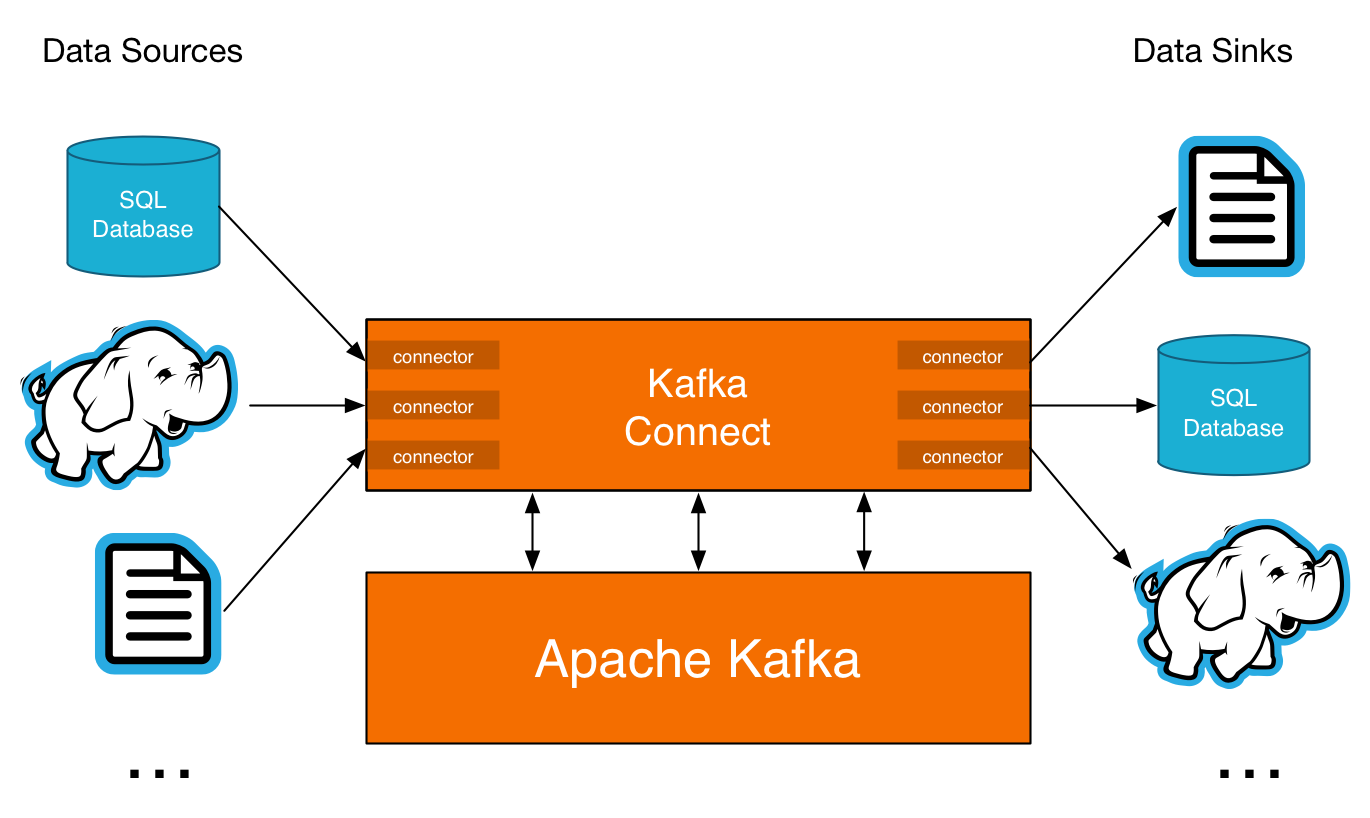
Once you have set up the layout of the monitoring window, opened or closed some preview areas, you can filter the monitoring data to preview particular job parameters.
Datagrip kafka full#
When you enable the full config options in the Configuration tab, you can see the options that do not change their default values. These topics are created by the application and are only used by that stream application. To manage visibility of the monitoring areas, use the buttons: Switch to the Configuration tab to review the config options. On the right pane, select a partition to study in the Partitions tab. In the list of the Kafka topics, select a target topic to preview.


The section is available if you have configured Schema Registry in the Kafka connection. It consists of several areas to monitor data for: Once you have established a connection to the Kafka server, the Kafka connection tool window appears. Go to the Tools | Big Data Tools Settings page of the IDE settings Control+Alt+S.Ĭlick on the Kafka connection tool window toolbar. Then click OK.Īt any time, you can open the connection settings in one of the following ways: Once you fill in the settings, click Test connection to ensure that all configuration parameters are correct. Select Enable tunneling (Only for Schema Registry) and in the SSH configuration list, select an SSH configuration or create a new one. Optionally, you can configure SSH tunneling to Kafka Schema Registry.
Datagrip kafka code#
Or you can enter properties manually using code completion and quick documentation that DataGrip provides. Properties: paste provided configuration properties. If you want to use Kafka Schema Registry, set up the connection to it:Ĭonfiguration source: select the way to provide connection parameters:Ĭustom: select the authentication method and provide credentials. By default, the newly created connections are enabled. Deselect it if you want this connection to be visible in other projects.Įnable connection: deselect if you want to restrict using this connection. Per project: select to enable these connection settings only for the current project. Select Implicit to manually enter properties in the text box or From File to specify the path to a configuration file. Properties: use the configuration properties. You can also select Use custom configs to use a profile file and credentials file from another directory. Profile from credentials file: select a profile from your credentials file. For more info on the chain, refer to Using the Default Credential Provider Chain.Įxplicit access key and secret key: enter your credentials manually. In the AWS Authentication list, select one of the following:ĭefault credential providers chain: use the credentials from the default provider chain.
Datagrip kafka password#
Select Use Keystore client authentication and provide values for Keystore location ( ), Keystore password ( ), and Key password ( ).ĪWS IAM: use AWS IAM for Amazon MSK. In the Truststore password, provide a path to the SSL truststore password ( property).

In the Truststore location, provide a path to the SSL truststore location ( property). Clearing the checkbox is equivalent to adding the = property. Select Validate server host name if you want to verify that the broker host name matches the host name in the broker certificate. SASL: select an SASL mechanism (Plain, SCRAM-SHA-256, SCRAM-SHA-512, or Kerberos) and provide your username and password. Bootstrap servers: the URL of the Kafka broker or a comma-separated list of URLs.Īuthentication: select the authentication method.


 0 kommentar(er)
0 kommentar(er)
